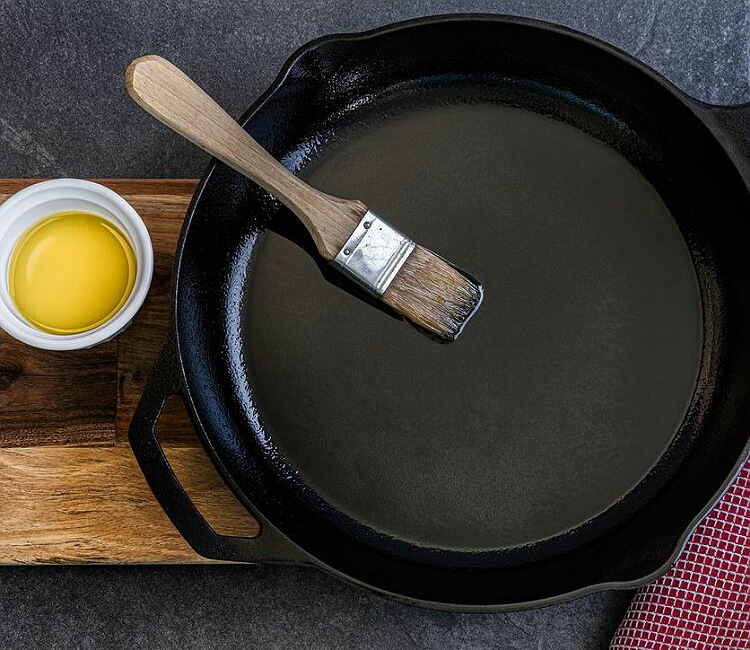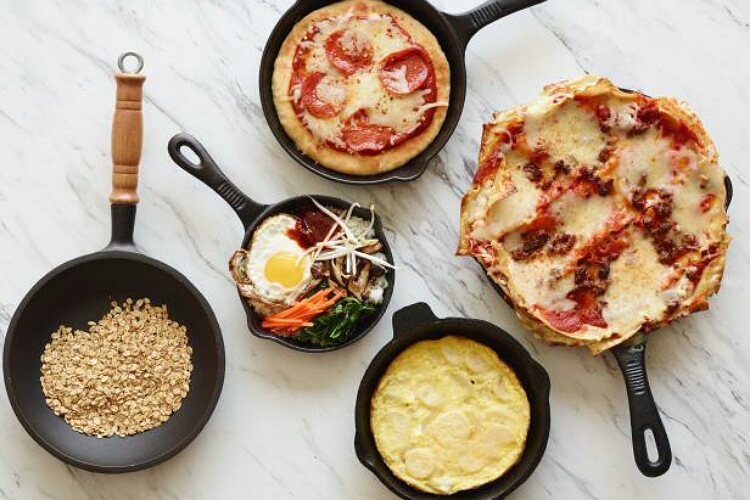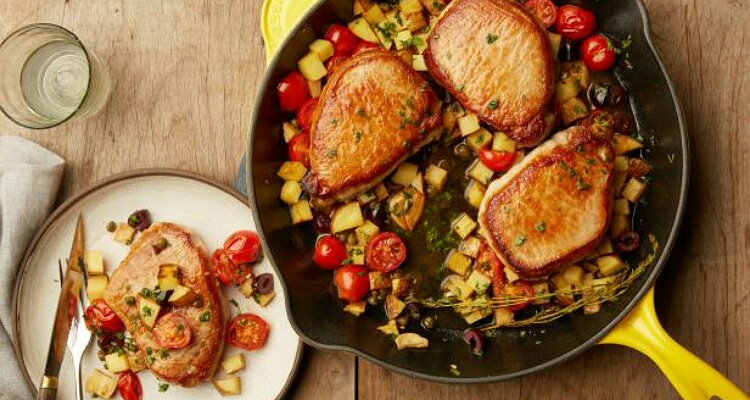In olden days, people used cast iron cookware to cook various dishes.
Over time, other metals started taking the place in making of cooking utensils and they largely replaced the cast iron cookware.
Non-stick cooking items came up in the market and gained popularity due to their lightweight. It also became a fashion craze and people totally ignored the potential health issues associated with their constant use.
What is cast iron and cast iron cookware?
According to metallurgy, cast iron is an alloy of iron with carbon (2 to 4%), along with varying proportions of silicon and manganese. Impurities of sulphur and phosphorus might also be present in it.
For preparation of cast iron, manufacturers reduce iron ore in a blast furnace. They convert the liquid form of iron into casts called pigs or ingots.
They remelt these pigs with scraps and other elements and shape them into utensils. These are cast iron cookware.

The people of bygone days used the iron vessels. But gradually non-stick cooking vessels, stainless steel, aluminium, and other metals replaced iron in manufacturing of cooking utensils.
Because these non-iron vessels had an advantage of light weight, nonstickiness of food to the utensil, hardness, and durability. But they also carried their own disadvantages.
Experts are recommending use of cast iron cookware again in cooking. Read on to know the benefits of cooking food in cast iron vessels.
Benefits of cast iron vessels in cooking
Cast iron vessels in cooking have health benefits besides easing the process of cooking.
Cast iron skillets or flat pans of woks are used for cooking in a wide range of cooking types such as on open fire, on stove tops, on grills, as well as in ovens.
These vessels can withstand high temperatures and also get heated quickly. The heat distribution in the vessel is also equal.
Cast iron utensils are highly durable and are functional for many years. They can even run through generations when used with love. The vessels have no added harmful chemicals in it.
The non-stick cookware have some chemicals that can leech out with heat and enter the food dishes. These chemicals are bad for the body especially with prolonged use.

Some studies have also revealed that cast iron vessel use for cooking helps improve hemoglobin levels of people using it. It can correct anemia.
But one needs more studies in this direction to confirm on this. The amount if iron that seeps into the food during cooking might not be enough to treat anemic conditions.
Hence though iron vessels are good from health point of view, they are not a reliable way to prevent or correct anemia or low hemoglobin levels.
They are no guarantee as a remedy for low hemoglobin. Nonetheless, it could serve as a promising intervention for anemia.
What governs the effect on hemoglobin of cooking in iron pots?
One can use cast iron skillet, woks, frying pans, baking bins, and the like for healthy cooking and eating. This would minimize the effects of chemicals of non-stick pans and aluminium utensils.
The effect of cooking in these vessels on hemoglobin is variable and ranges from none to excellent outcome.
The factors governing these effects are age of person, presence of malaria or hookworm infection, size of vessel, age of vessel, type of food cooked, duration of cooking, and amount of food consumed.

Acidic foods absorb more iron than alkaline foods. More the cooking, more the iron dissolves in the food. Though good, these iron pots are not a substitute for proper medical treatment of anemia.